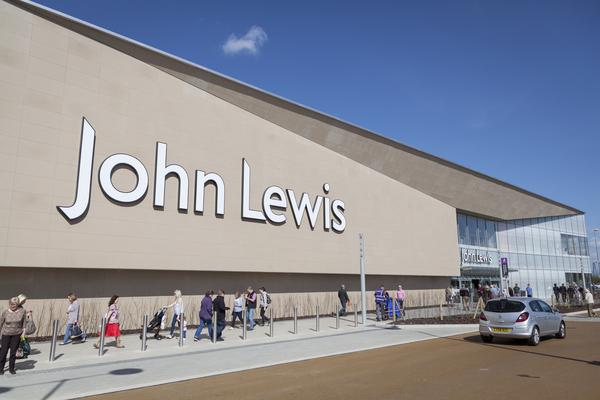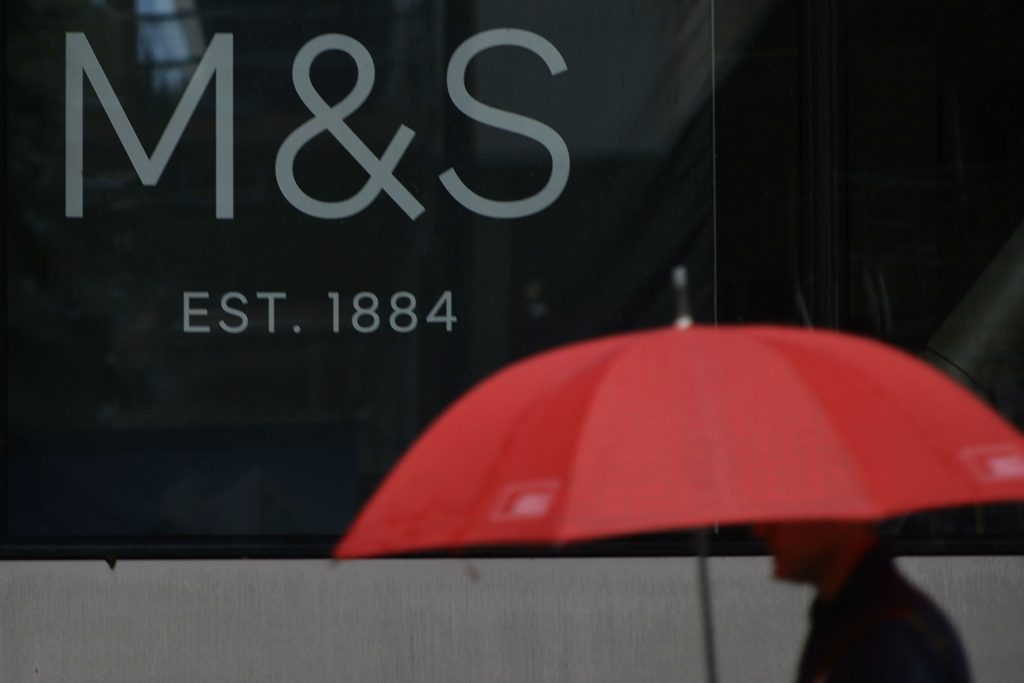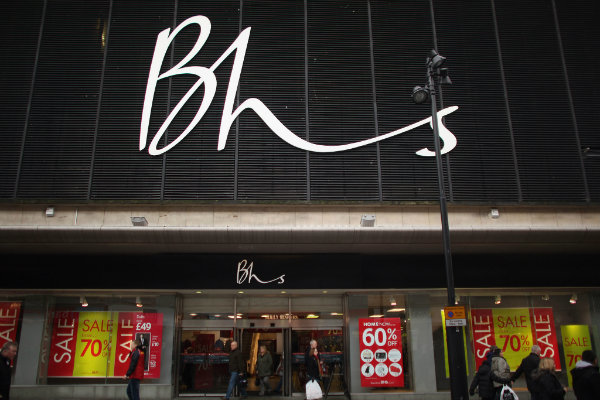// John Lewis Partnership will not reopen 8 John Lewis stores when non-essential retail lockdown ends
// The move will affect 1465 staff and brings the John Lewis store count down to 34
// It’s part of a strategy to “rebalance” John Lewis’ portfolio & to open John Lewis shop-in-shops in Waitrose stores
The John Lewis Partnership has announced plans to not reopen eight John Lewis stores when lockdown on non-essential retail is lifted from next month.
Consultations with 1465 staff affected by the proposals have commenced and the partnership said it would “make every effort to find alternative roles” in the business for as many staff as possible.
The eight John Lewis stores identified for closure include four smaller At Home shops in Ashford, Basingstoke, Chester and Tunbridge Wells plus four full-size department stores in Aberdeen, Peterborough, Sheffield and York.
READ MORE:
- John Lewis Partnership slumps to £517m loss; warns on more store closures
- Will John Lewis’s mini shops in Waitrose help turn it around?
John Lewis Partnership said it undertook “substantial research” to identify and cater for new customer shopping habits, and part of this meant not being able to “profitably sustain” a large John Lewis store in some locations where it does not have enough customers.
The partnership added that the eight shops earmarked for closure were financially challenged prior to the Covid-19 pandemic, and that it does not believe their respective trading performances could be improved.
The remaining 34 John Lewis stores will reopen from April 12 subject to government guidance, with the exception of Glasgow, which will reopen from April 26, and Edinburgh, which will reopen on May 14.
Its ecommerce operations continues to trade as normal.
The latest round of store closures follow the closure of eight last year, a move that affected 1300 staff and brought the John Lewis store count down to 42 at the time.
An additional 1500 job cuts were then made at the John Lewis Partnership head office at the start of this year as part of a wider turnaround plan to reach £400 million profit in five years.
It would achieve this through cost-cutting, downsizing and repurposing its store estate, and increasing investment to become a more digitally-focused retailer.
Last October it was confirmed that 45 per cent of the John Lewis flagship Oxford Street – which equates to floors three to eight – would be converted into dual use space.
More recently, the John Lewis Partnership revealed plans to open John Lewis shop-in-shops as well as improve the click-and-collect service across Waitrose’s 331 stores within the next 12 to 18 months.
The partnership also confirmed today that it would be “testing new formats of smaller, local neighbourhood shops offering the best of John Lewis”.
The retail giant added that it now expected between 60-70 per cent of John Lewis sales would be made online in the future.
It highlighted that nearly 50 per cent of its customers now use a combination of both in-store and online when making a purchase.
“Today’s announcement is incredibly sad news for our affected partners, for our customers and for the communities we’ve served over many years,” John Lewis Partnership chair Dame Sharon White said.
“The high street is going through its biggest change for a generation and we are changing with it.
“Customers will still be able to get the trusted service that we are known for – however and wherever they want to shop.”
John Lewis executive director Pippa Wicks said: “Closing stores is the toughest thing we do as a partnership because we all own our business.
“If the closures are confirmed, every effort will be made to find new roles for partners and for us to continue to serve our customers by providing access to John Lewis in different ways.
“Alongside a growing online business and the expansion of next day click-and-collect, we will invest in our in-store services and experiences, as well as new, smaller neighbourhood formats and the introduction of John Lewis ranges in more Waitrose shops.”
The John Lewis Partnership first warned of another round of store closures earlier this month in its full year trading update, in which it posted a £517 million pre-tax loss – compared to profits of £146 million the previous year.
The firm attributed this to substantial exceptional costs of £648 million, mainly the write down in the value of John Lewis shops owing to the pronounced shift to online, as well as restructuring and redundancy costs from changes in head office and last year’s store closures.
On the partnership’s balance sheet, John Lewis shops are now at almost half the value they were before this year’s and last year’s write downs.
However, when taking exceptionals out of the equation, John Lewis Partnership recorded a full-year profit of £131 million – up from £70 million last year.
Meanwhile, John Lewis Partnership’s overall trading operating profit declined to £1.69 billion from £1.79 billion last year.
On its own, John Lewis’ trading operating profit declined from £734 million to £554 million.
The partnership said it was “significantly challenged” as the improvement seen in Waitrose, helped by its status as an “essential” retailer and being allowed to remain open during lockdown, was insufficient to cover the substantial decline in John Lewis which had endured restrictions.
Overall, John Lewis Partnership’s full year sales increased five per cent year year-on-year to £12.32 billion and revenue increased six per cent year-on-year to £10.77 billion. These figures were boosted by a surge in ecommerce growth in both its fascias.
However, overall sales for John Lewis on its own dropped two per cent year-on-year to £4.72 billion.
Click here to sign up to Retail Gazette‘s free daily email newsletter


















